New discovery once again shows how strange planets outside the Solar System can get, and astronomers are thrilled.
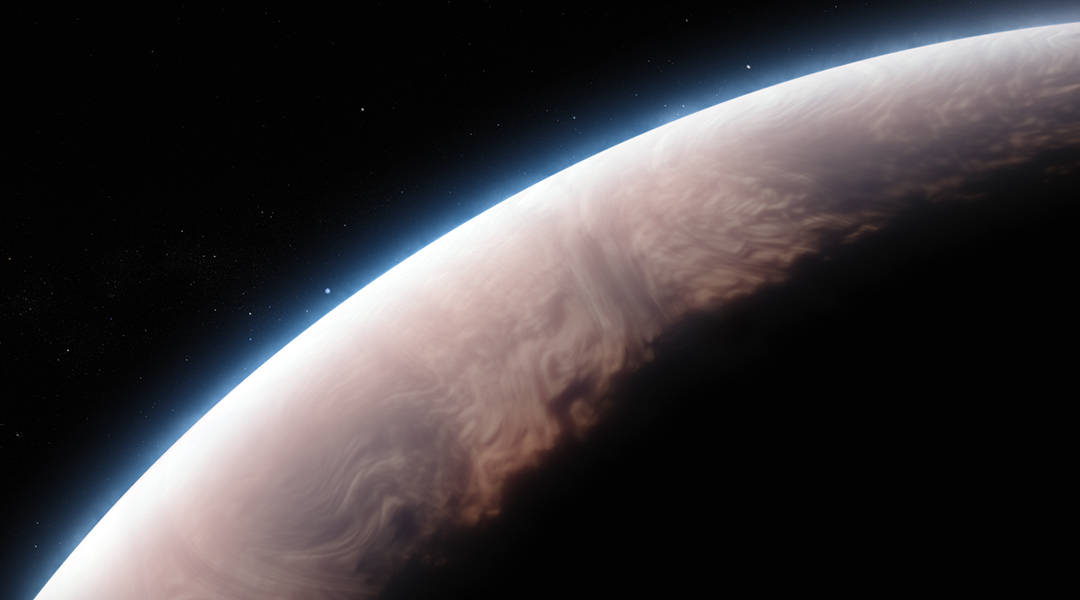

New discovery once again shows how strange planets outside the Solar System can get, and astronomers are thrilled.

It’s looking less and less likely that the Hubble tension is a result of observational errors.
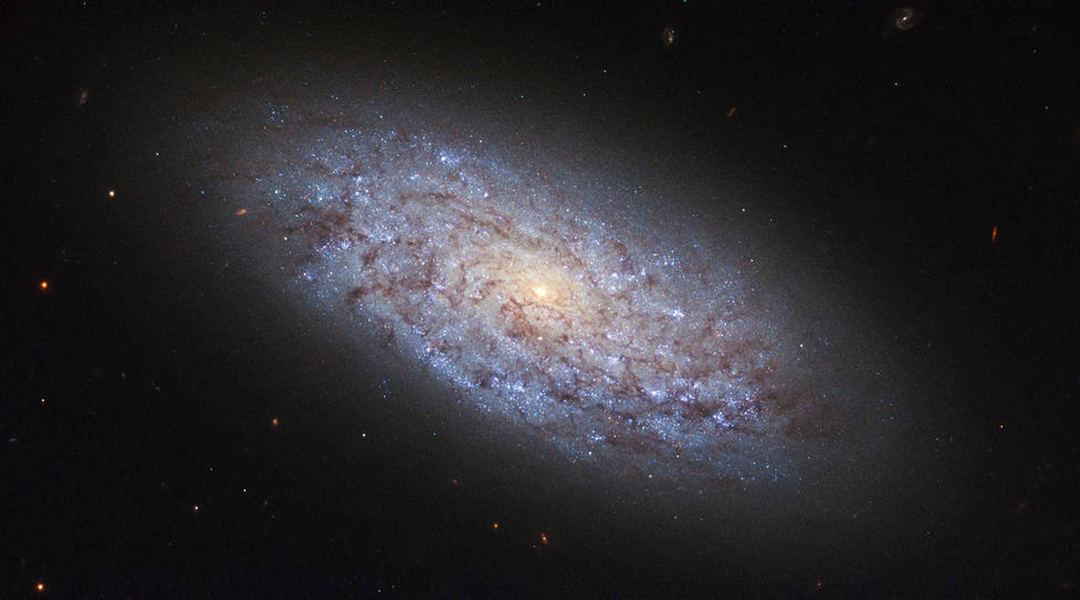
Using the galactic glow of dwarf galaxies, researchers investigate a hypothetical particle called an axion as a possible contender for dark matter.
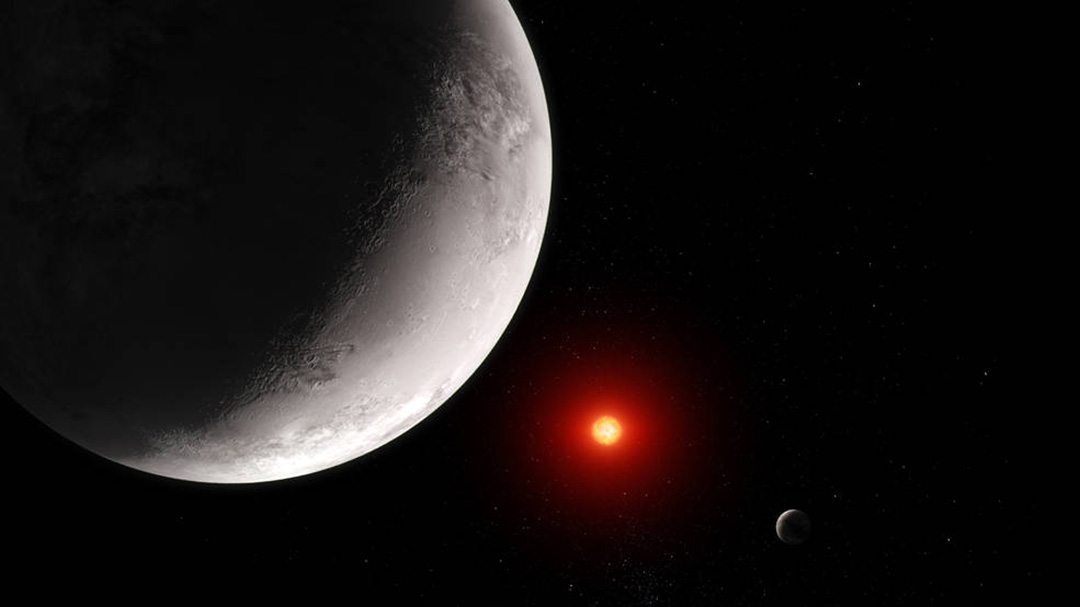
Recent investigations of this rocky exoplanet signify a significant milestone in planetary science and for the James Webb Space Telescope.
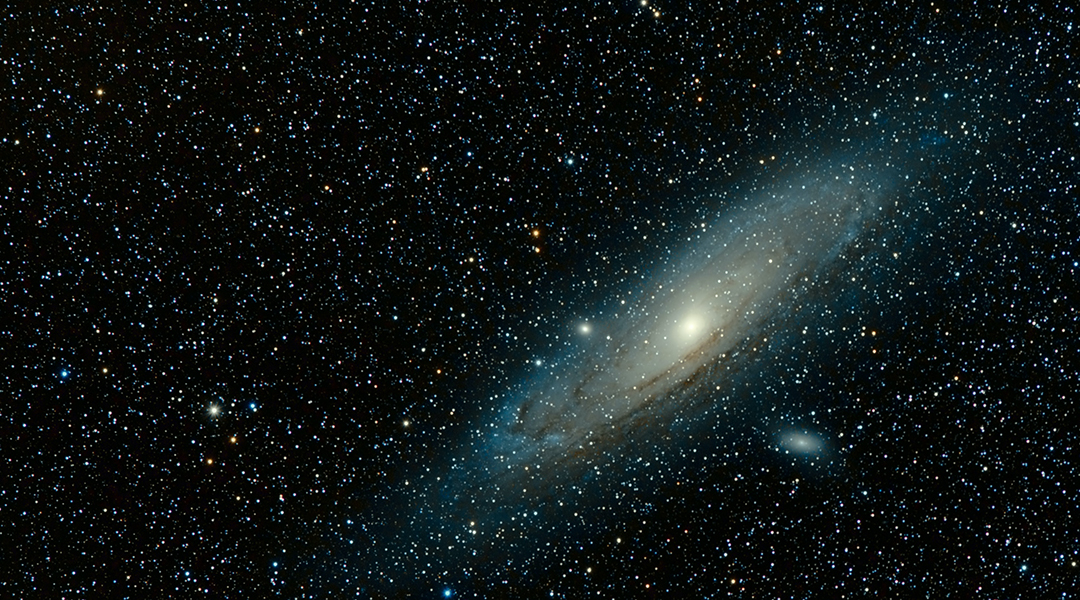
Many physicists are still skeptical that dark energy can fully explain gravity, and are therefore exploring alternative theories.
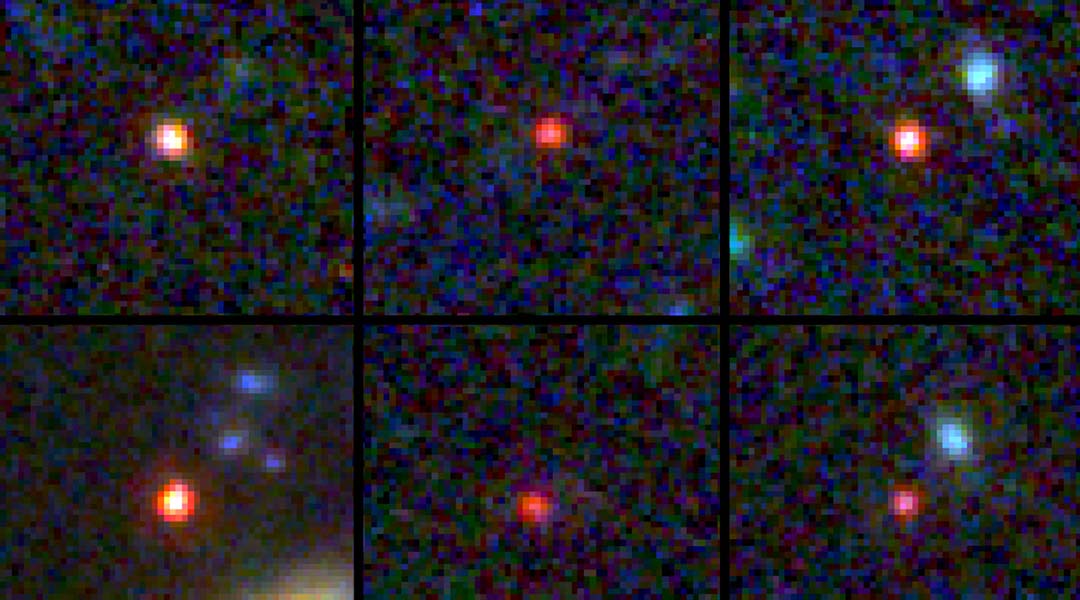
Astronomers report recent observation of six massive galaxies that according to our current understanding of the Universe should not exist at all.
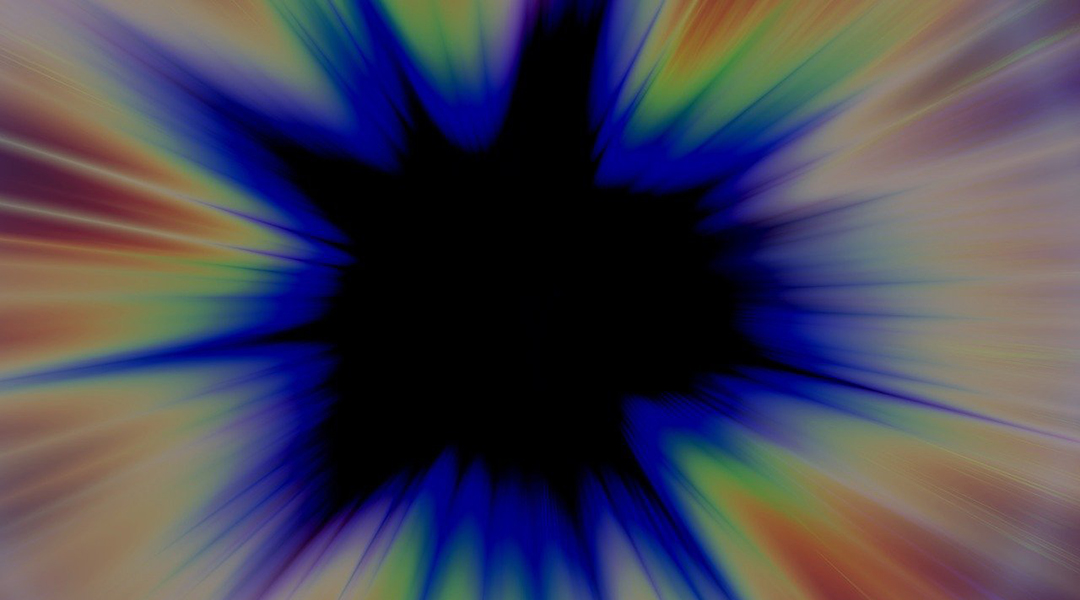
Conflict between theory and observational evidence suggests a missing ingredient in our understanding of the early Universe.
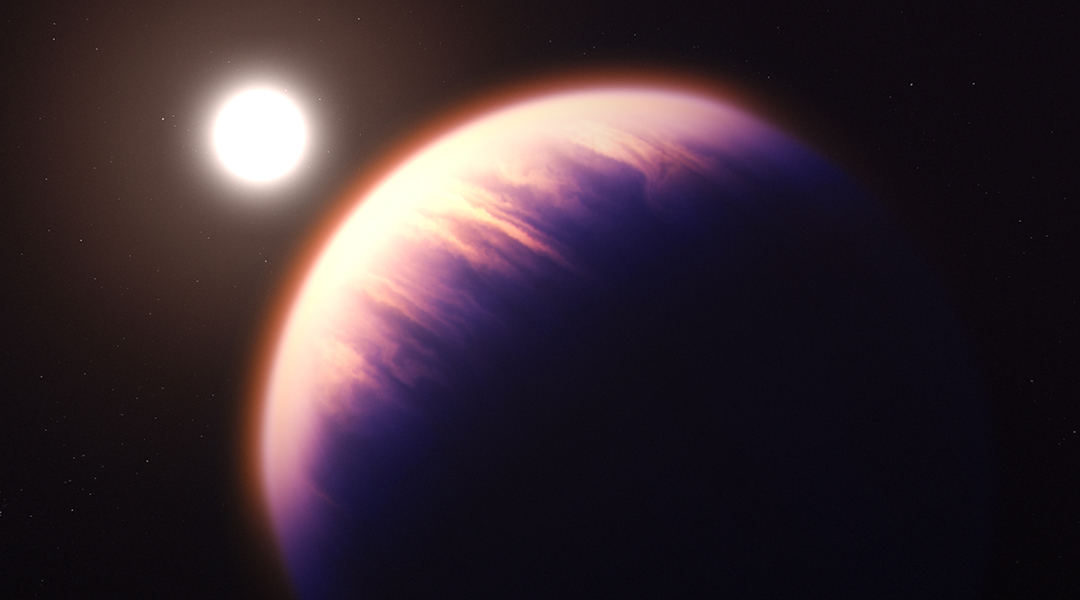
New observations of WASP-39b with the JWST has provided the clearest, most detailed picture of an exoplanet to date.
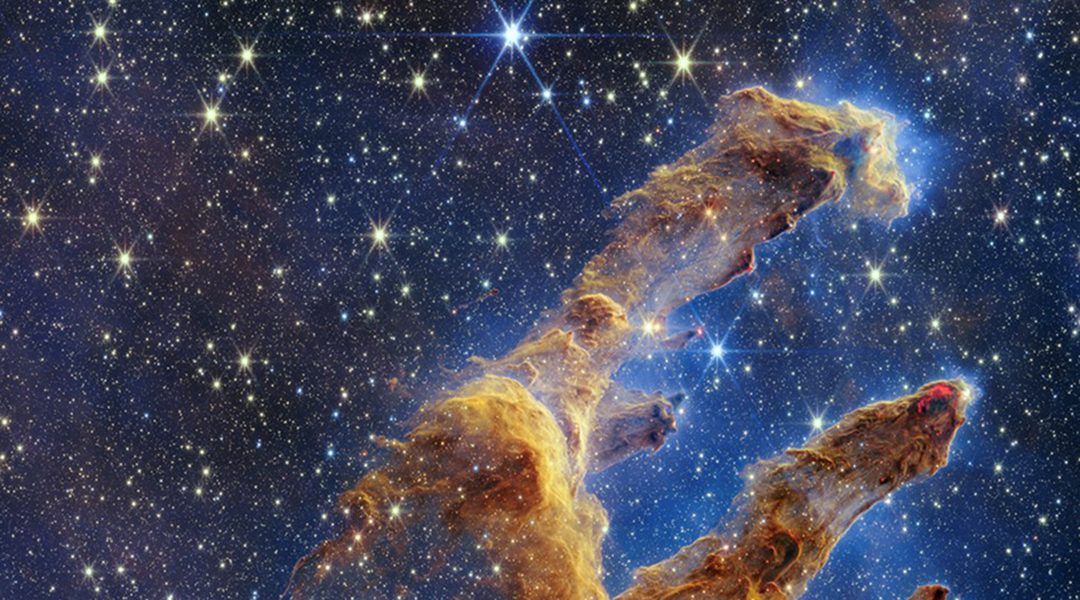
This month, NASA’s James Webb Telescope captured images of the Pillars of Creation in breathtaking detail.

Physicists at the Gemini Observatory have found a new mass limit for massive stars, and found it to be lower than previously thought.